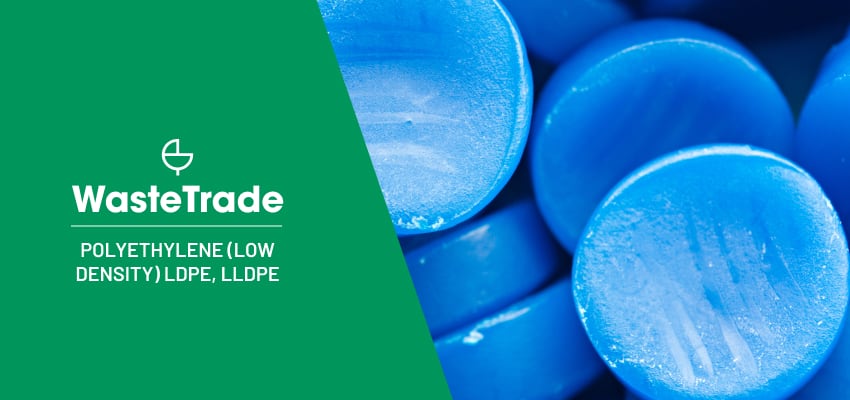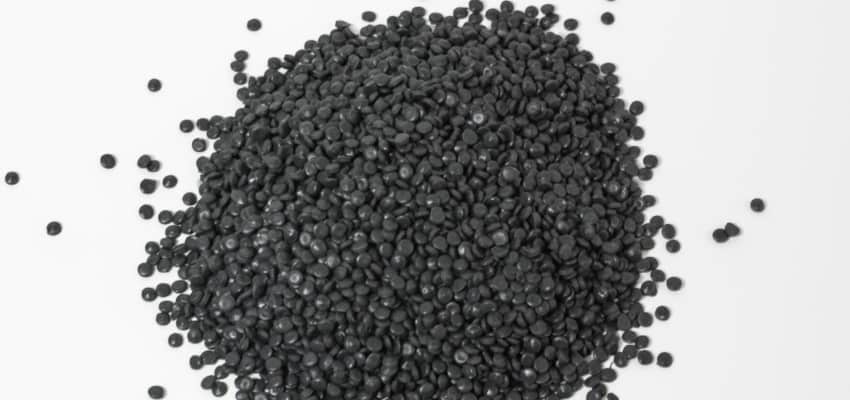Low Density Polyethylene (LDPE)

Low Density Polyethylene (LDPE) is a type of polyethylene that is characterized by its low density, high molecular weight, and flexibility. It is widely used in various applications due to its versatility, moisture resistance, and low melting point. Some common uses of LDPE include plastic bags, films, and sheets, as well as packaging materials for food and consumer goods.
LDPE Properties

Polyethylene (Low Density) LDPE, LLDPE is a highly versatile and flexible thermoplastic polymer. It is known for its durability, toughness, and resistance to moisture. LDPE and LLDPE are used in a wide range of applications due to their ability to be easily moulded and shaped.
Recycling of LDPE

The disposal of plastic waste is one of the biggest environmental challenges of our time. Fortunately, LDPE can be recycled, which helps to conserve natural resources, reduce greenhouse gas emissions, and decrease the amount of waste that ends up in landfills. The recycling process for LDPE involves collecting and sorting the plastic waste, cleaning it to remove impurities, and then melting it down to form pellets. These pellets can then be used to produce new products, such as trash bags and packaging material.
In order to increase the recycling rate of LDPE, it is important for consumers to properly dispose of their plastic waste. This includes separating it from other types of waste, such as paper and glass, and ensuring that it is clean and free of contaminants. Additionally, individuals can support LDPE recycling by purchasing products made from recycled LDPE and participating in local recycling programs.
LDPE Recycled

Recycled LDPE has many environmental and economic benefits. As mentioned earlier, producing recycled LDPE requires less energy than producing new LDPE from raw materials, which results in lower greenhouse gas emissions. Additionally, using recycled LDPE instead of new LDPE conserves natural resources, such as oil and natural gas, which are used to produce virgin plastic.
Recycled LDPE also has a number of economic benefits. It is typically less expensive than virgin LDPE, making it an attractive option for manufacturers. Additionally, recycling LDPE creates jobs in the recycling industry and contributes to the local economy. Furthermore, by reducing the amount of plastic waste that ends up in landfills, recycled LDPE helps to save the costs associated with waste disposal and management.
LDPE Applications

LDPE and LLDPE are used in many applications due to their flexibility and toughness. LDPE is commonly used for packaging materials, such as plastic bags and films, as well as for coatings on paper and cardboard products. LLDPE is used in a variety of applications including packaging films, liners for pipes, and wire and cable insulation.
Additionally, LDPE is used in the production of squeeze bottles, toys, and agricultural films. It is also a popular material for making plastic containers for food and beverage storage due to its low toxicity and chemical resistance. LLDPE is often used in the manufacturing of automobile parts, such as fuel tanks and inner liners of car doors, as well as in the production of sports equipment like helmets and pads.
The flexibility of LDPE and LLDPE also makes them suitable for use in medical and healthcare applications. They are used in the production of medical bags, tubing, and containers. LDPE is commonly used as a liner in medical packaging to protect against contamination and moisture. LLDPE is also used in the production of wound dressings and surgical gloves.
LDPE Recyclability
LDPE and LLDPE are both recyclable materials. The recycling process for LDPE and LLDPE involves collecting and sorting the plastic waste, shredding it into small pieces, and then melting and molding it into new products. Recycled LDPE and LLDPE can be used to produce a wide range of products, such as plastic lumber, compost bins, and drainage pipes.
The recycling process for LDPE and LLDPE starts with the collection of the plastic waste from various sources such as households, commercial establishments, and industrial facilities. Once collected, the waste is sorted and separated into different categories based on their resin identification code. This is done to ensure that the materials are not contaminated and can be effectively recycled.
After sorting, the LDPE and LLDPE plastics are washed and cleaned to remove any dirt, debris, or other contaminants. The clean plastic waste is then shredded into small pieces, and sometimes pellets, which can then be melted and moulded into new products. During the melting and molding process, the plastic is often blended with other additives to improve its properties and make it suitable for various applications.
Recycled LDPE and LLDPE can be used to produce a wide range of products such as plastic lumber, which is used for decking, outdoor furniture, and playground equipment. It can also be used to make compost bins and drainage pipes, which are commonly used in landscaping and agriculture. Recycling LDPE and LLDPE not only reduces waste and conserves resources but also helps to create a more sustainable future by reducing our dependence on virgin plastics.
Recycle Low Density Polyethylene (LDPE) with WasteTrade
If you are a business owner looking to recycle your LDPE or LLDPE waste streams, WasteTrade can connect you with ethical recyclers around the world. WasteTrade is a platform that connects businesses with waste management companies specialising in recycling plastics. By registering with WasteTrade, businesses can find the best recycling solutions for their LDPE or LLDPE waste streams. Register with WasteTrade today to take the first step towards a more sustainable business.
